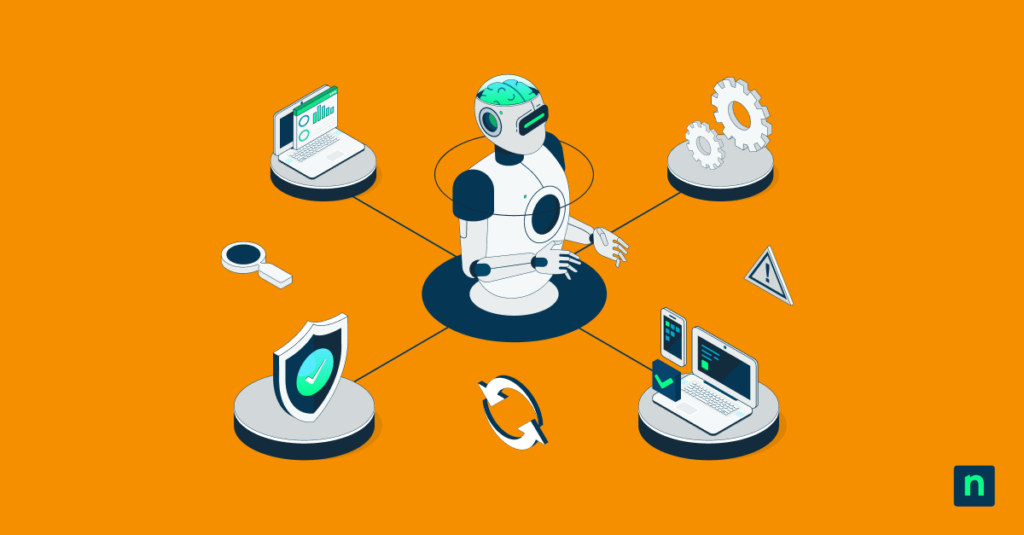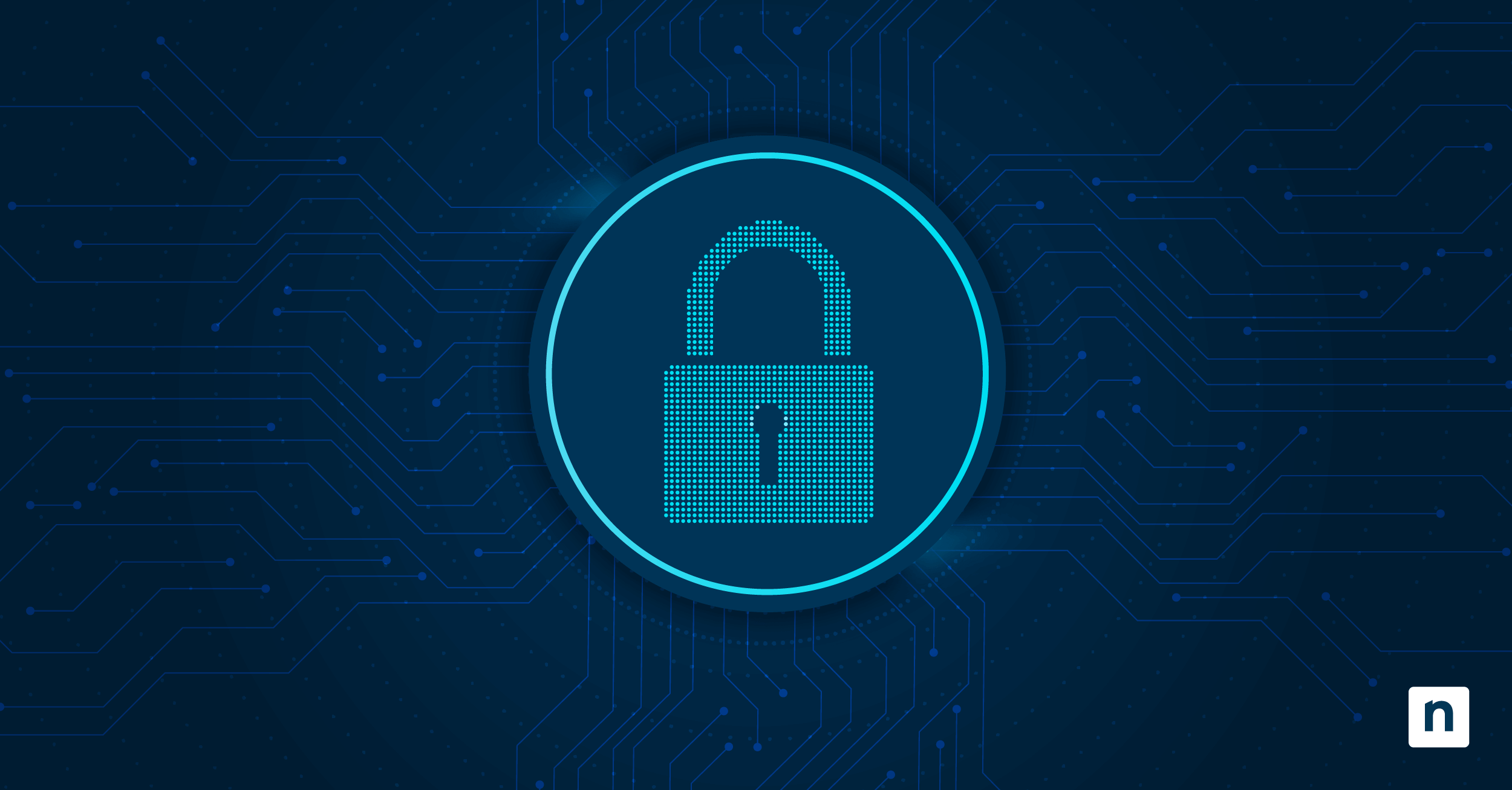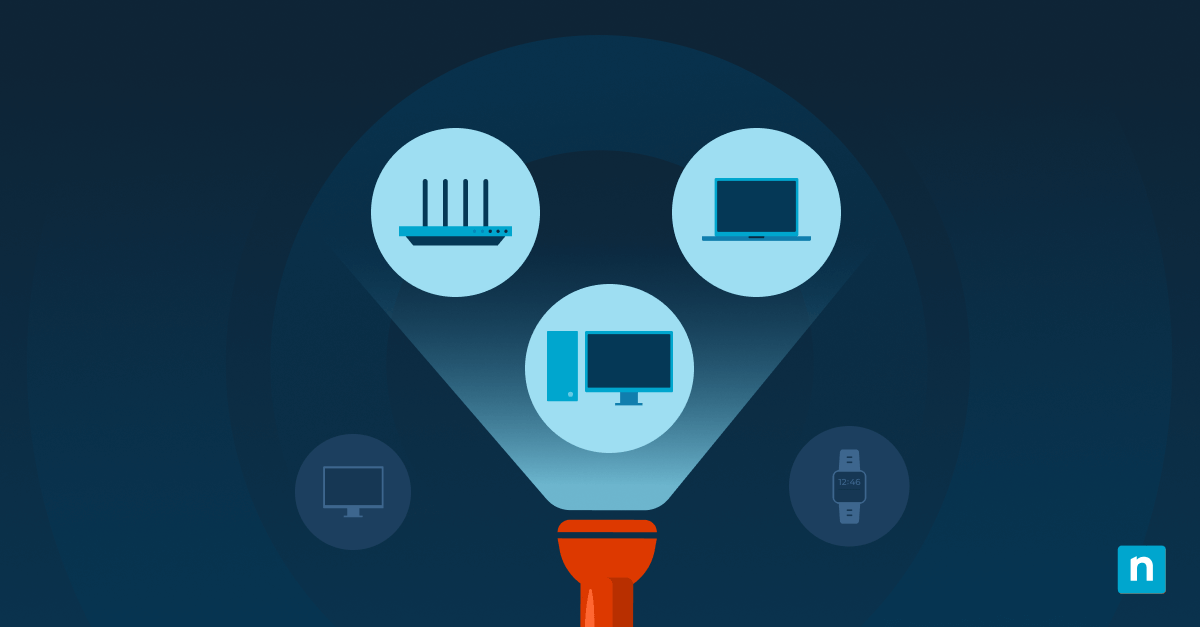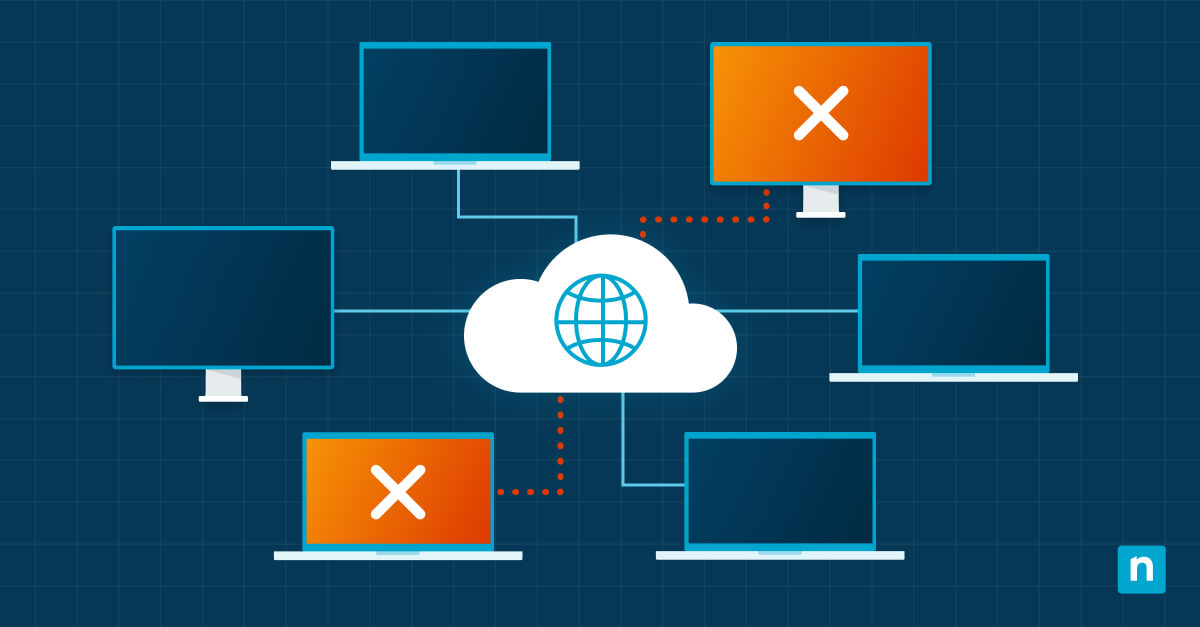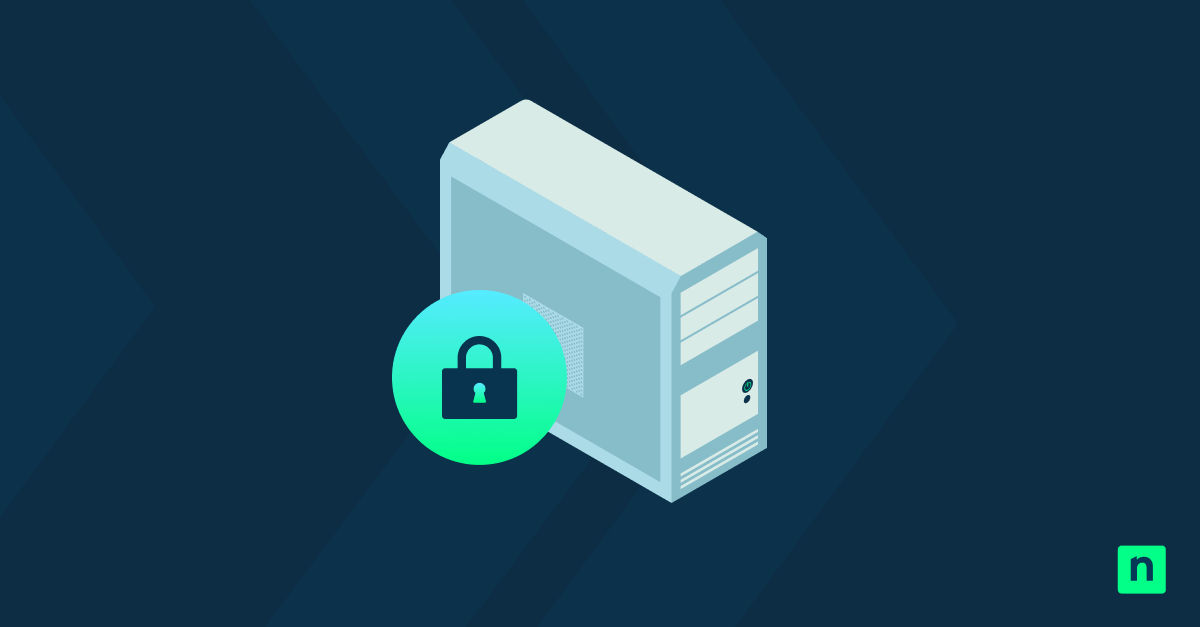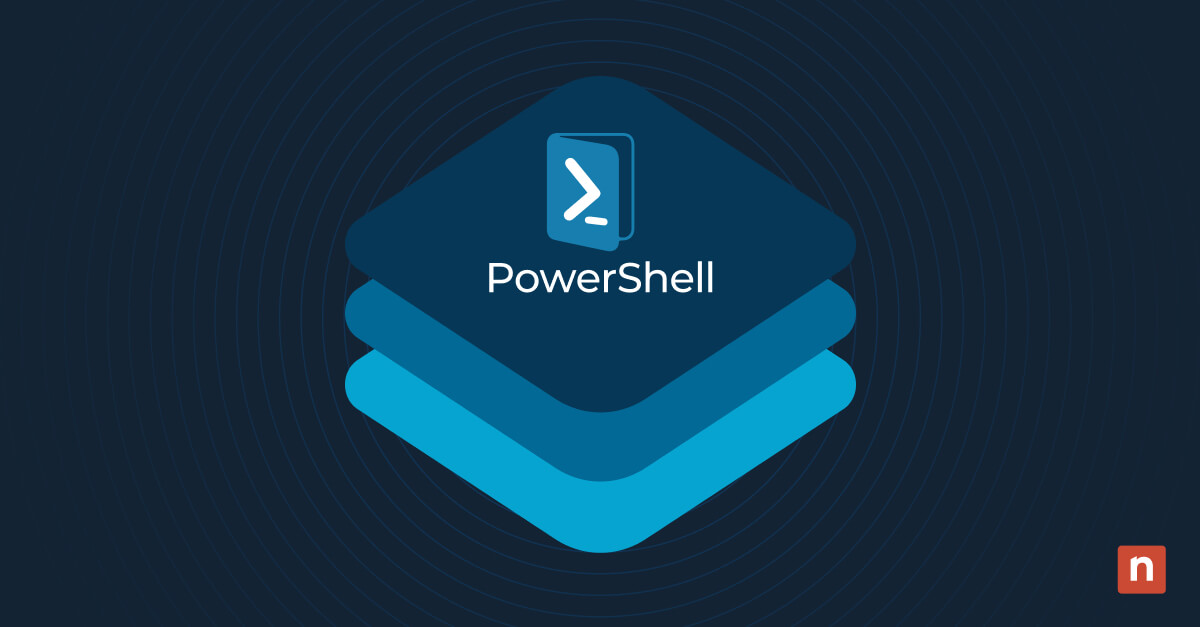AI’s Role in Modern Cybersecurity
AI has become a powerful ally in the fight against cyber threats. AI-powered security and patching solutions are helping detect, prevent, and respond to threats more effectively than ever before. In fact, according to a recent Ponemon Institute report, 56 percent of organizations report AI is improving their ability to prioritize and remediate threats and vulnerabilities.
Discover how NinjaOne’s AI-driven patch intelligence can prioritize updates based on risk and compatibility.
Real-time threat detection
One of AI/ML’s most valuable contributions to cybersecurity is its ability to analyze vast amounts of data in real-time and proactively prevent zero-day attacks and other threats. Even before a threat has been formally identified, AI can detect subtle patterns and anomalies that might indicate a new or emerging threat.
Automated response capabilities
When threats are detected, speed of response is critical. AI tools can contain threats quickly, often within seconds, before they can spread through a network. They can automatically isolate affected systems, block suspicious network traffic, revoke compromised credentials, and, when needed, initiate backup procedures.
Enhanced vulnerability and patch management
Beyond immediate response, AI is also transforming how organizations manage vulnerabilities. An AI vulnerability management tool can continuously scan systems and endpoints for threat exposure, predict potential attack vectors, prioritize patches based on risk level, and recommend security improvements. AI significantly enhances an organization’s threat intelligence by analyzing global threat data and identifying attack patterns. By sharing real-time intelligence, AI tools can adapt their defense posture based on the emerging threats. This collective intelligence helps organizations avoid evolving threats and better protect their assets.
Intelligent patch analysis is another promising use of AI in endpoint security. AI patch sentiment analysis can analyze massive amounts of data related to software updates, including historical patch performance, known compatibility issues, system impacts, and user sentiment and feedback. And using this data, AI can recommend optimal patching strategies to address the highest risk threats or those with the most negative potential impact to the business.
Supporting – not replacing – IT security teams
Fifty-one percent of organizations report that adding an AI tool to their cyber threat arsenal has increased the efficiency of their security teams. However, in that same Ponemon report, only 42 percent of organizations say their security teams are prepared to work with AI-powered tools.
Rather than replacing human security teams, AI makes IT security teams more efficient by automating routine tasks, providing contextual information for threat investigations, reducing alert fatigue, and enabling the analysts to focus on more strategic decisions.
Unfortunately, the complexity of AI tools can be a barrier to adoption, so it’s up to AI vendors to ensure the way their tools can be understood by the security teams that need to implement them.
Looking ahead
Integrating AI into cybersecurity operations significantly advances an organization’s ability to protect its digital assets. As threats become more complex, AI’s ability to process vast amounts of data, identify patterns, and respond rapidly will become vital to maintaining strong security postures.
NinjaOne brings intelligence into each essential IT functionality it offers.
AI will continue to evolve along with cyber threats. Future developments may include:
- More sophisticated predictive capabilities
- Better integration between security tools
- Enhanced automated response systems
- Improved threat hunting capabilities
However, it’s important to remember that AI is just one component of a comprehensive security strategy. Organizations should combine AI-powered tools with strong security policies, employee training, and human expertise for the most effective defense against cyber threats.
For a visual demonstration of building and executing a cybersecurity plan, please view this video: ‘How to Create a Modern Cybersecurity Strategy for IT Departments’.

